Shanzhai Innovation: Shenzhen Henzhen’s Spaces of “High-Tech” Production
Inside Huangqiangbei, the centre of electronics retail in Shenzhen, China, innovation takes an unexpected form.
Written by Hallam Stevens
Published on 13/12/2019
Shenzhen is now known worldwide as a space of “high-tech” production. By some estimates, over ninety percent of the world’s electronics (including mobile phones, televisions, laptops, etc.) are produced in Shenzhen. During the 1990s, electronics companies making computers, laptops, DVD players and other devices increasingly outsourced their production to East Asia. In 1988, in order to take advantage of cheap land and cheap labour, the Taiwanese manufacturer Foxconn built its first factory in mainland China in Shenzhen. Other large-scale “contract manufacturers” followed and Shenzhen rapidly became a hub of electronics hardware manufacturing.
But as these industries grew, Shenzhen became more than merely a “factory of the world.” Factories and entrepreneurs in Shenzhen also began to create new electronics products that were similar (but not identical) to those being produced for the major global brands such as Intel, Dell, and Apple. This industry of “copycat electronics” or “shanzhai production” proliferating during the early 2000s, especially during the rise of the mobile phone industry. As these shanzhai designers became increasingly innovative, a huge range of new products began to be made in Shenzhen. Most of these were produced and sold cheaply and aimed at consumers (either in China or elsewhere) who could not afford to pay hundreds or thousands of dollars for branded electronics. Shanzhai innovations include the dual-sim mobile phone, a mobile phone with a built-in compass (for Muslim users who need to know the direction of Mecca for their prayers), and the gold-coloured mobile phone.
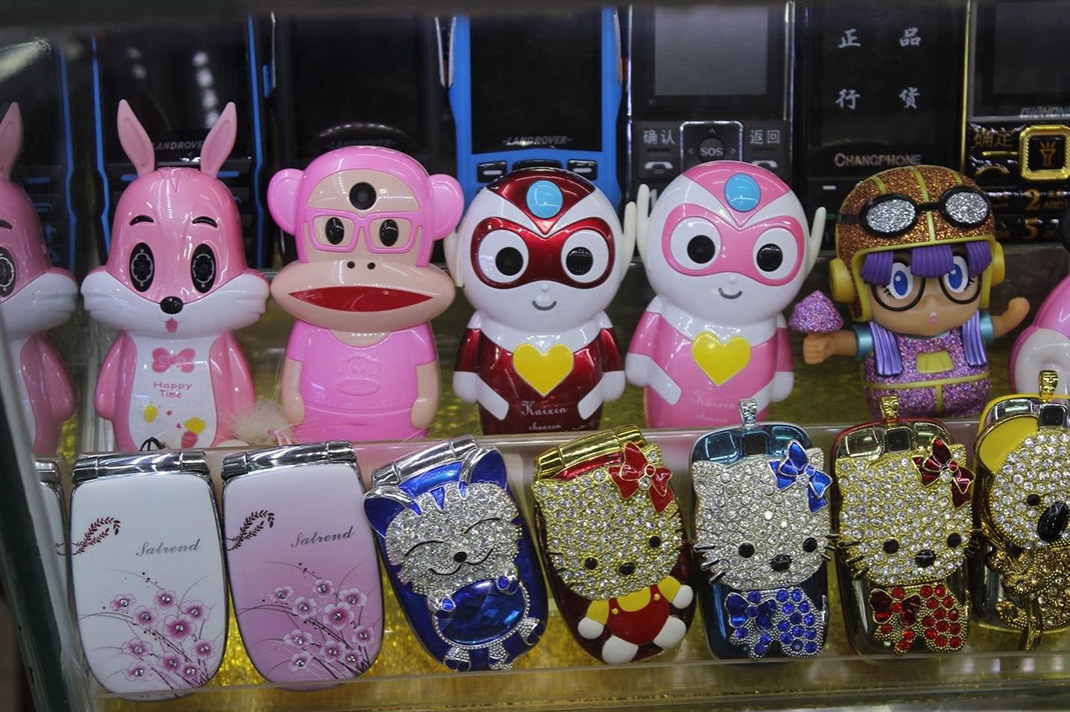
The centre of this electronics production ecosystem is the electronics markets near downtown Shenzhen at Huaqiangbei. Here, in old mall-like buildings, thousands of electronics retailers gather to sell their products. Some specialize in selling screens, or batteries, or power supplies, or chips – everything you need to build a device can be found by walking around the markets at Huaqiangbei.
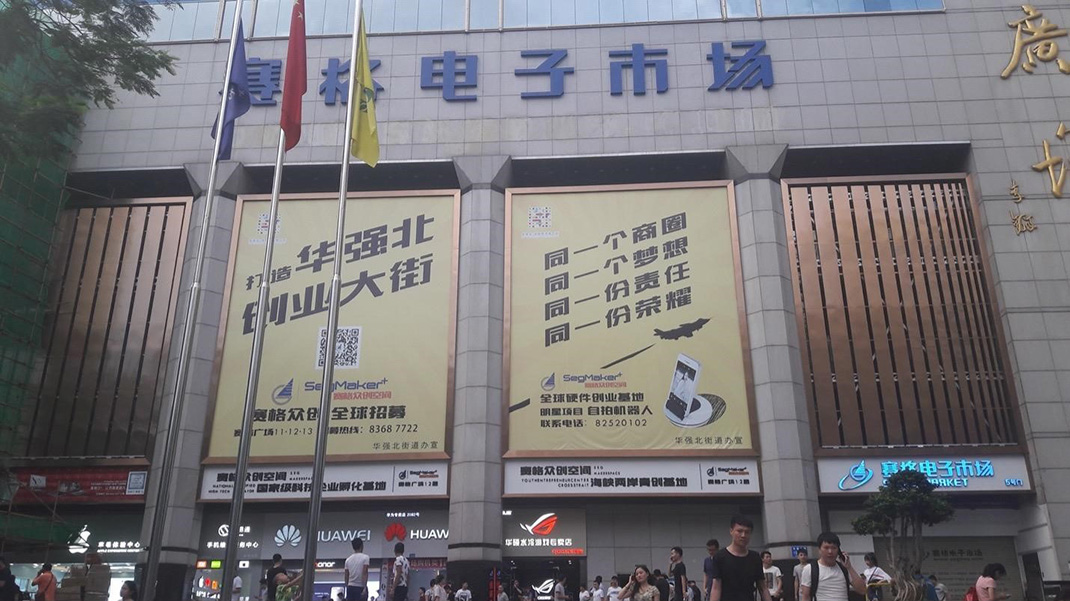
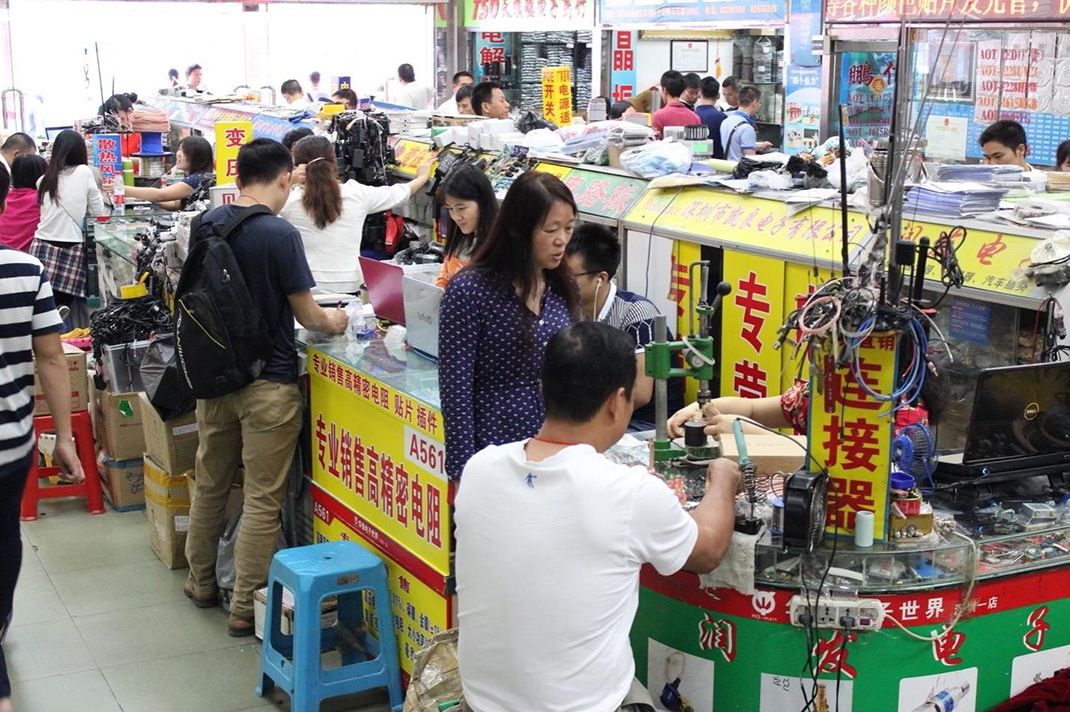
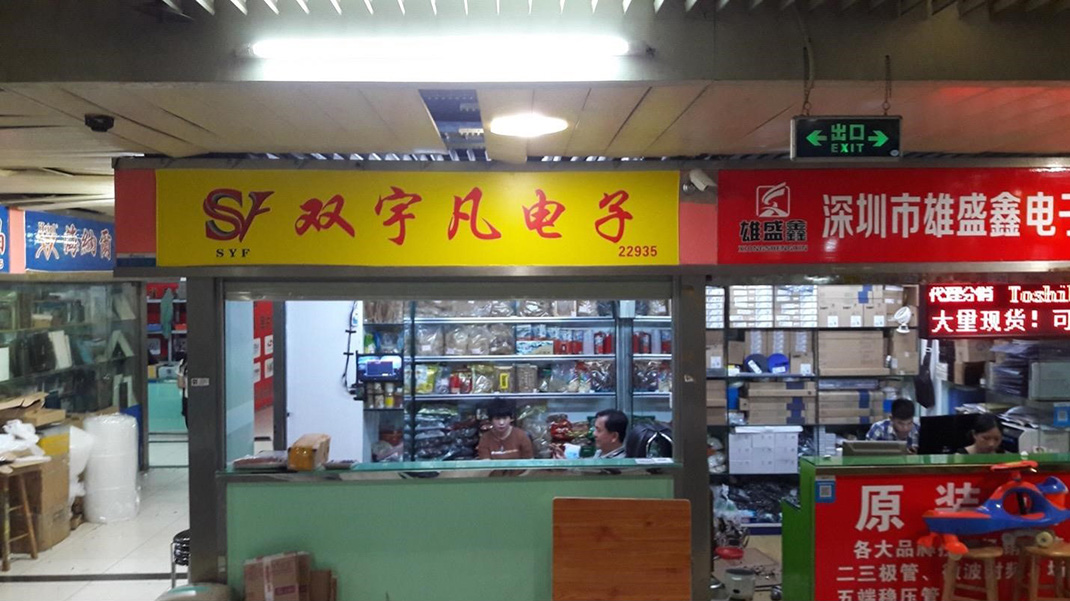
The retailers at Huaqiangbei are also connected to a large network of factories that exist farther towards the outskirts of Shenzhen. Many buyers come to the markets not just to buy ready-made products but also to place larger orders from these factories or to see if they can have customized electronics made for their own customers. For example, a buyer from the Middle East might want phones made with a particular design or logo that might appeal to their own customers back home. Sellers in the markets at Huaqiangbei can act as middle-persons, using their contacts with the factory owners to place orders for these new and specialized products.
Many of the shanzhai electronics factories are quite small, employing just a few dozen workers and occupying a single floor of a building. This small size allows them to remain agile, quickly adapting production processes to new designs or new orders. The factory shown in figures 5 and 6 made small, remotely-operated cameras that could be installed in a customer’s home or business and linked to a mobile phone platform.
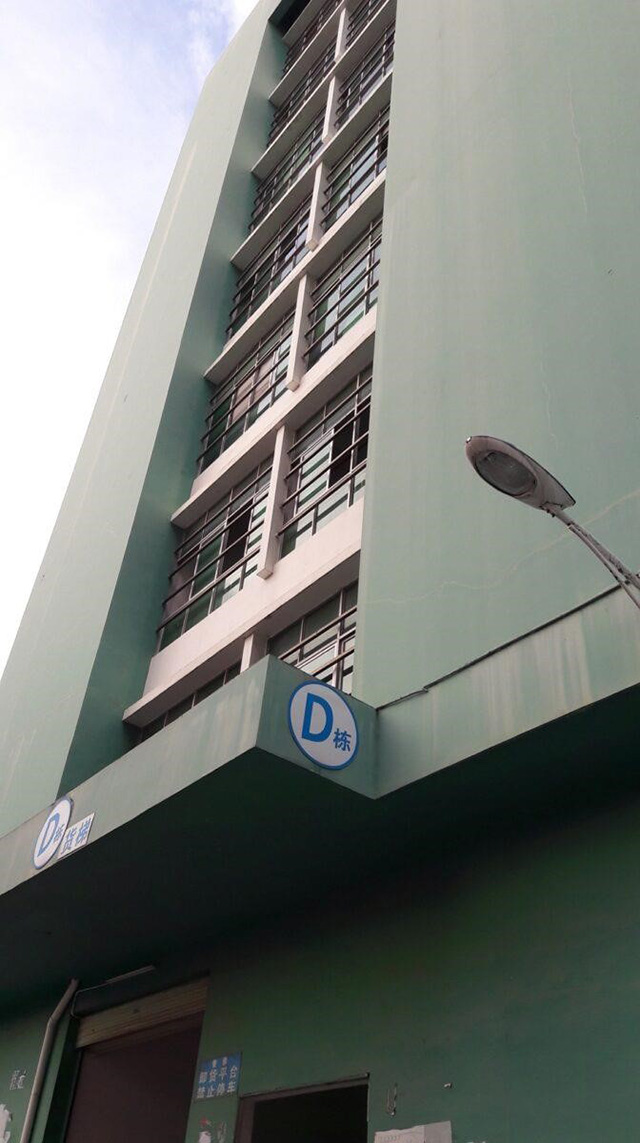
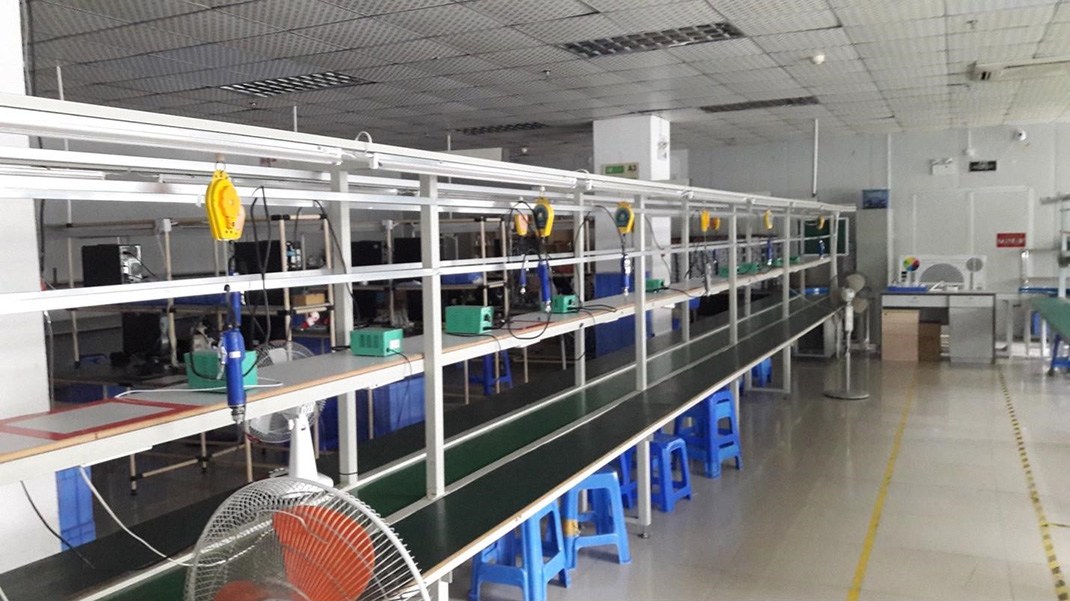
The owner of the factory told me that all of the components of their products could be sourced locally, from other factories in Shenzhen or the surrounding cities. This meant that they could prototype new camera designs extremely rapidly, often in just three or four weeks. This “Shenzhen speed” means that the factory can remain profitable by producing relatively small numbers of a particular product design (as few as 10,000 units).
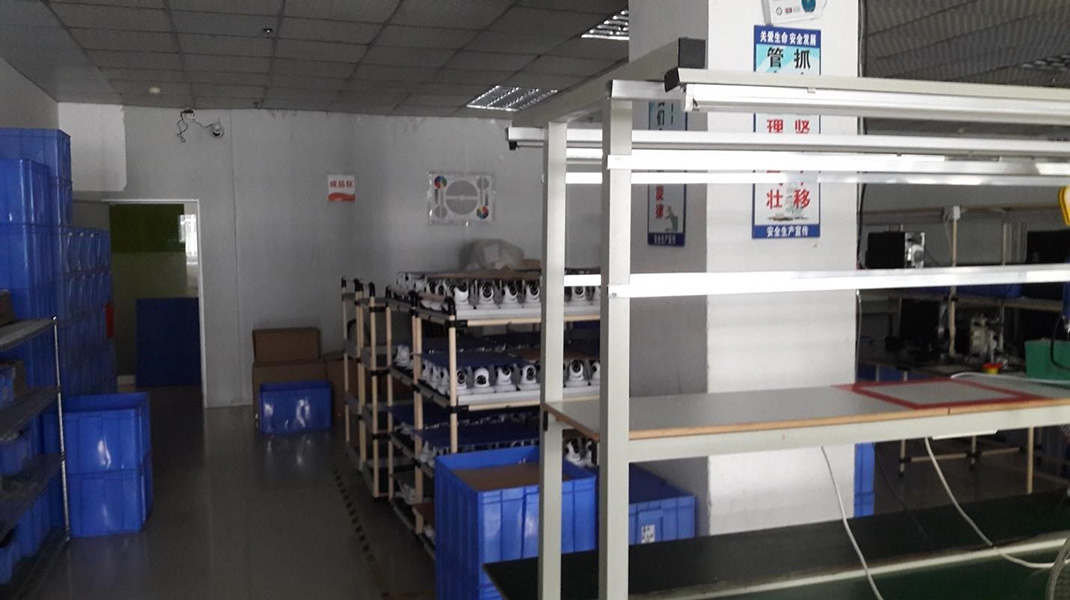
But factory-owners and sellers and Huaqiangbei often require help to design new products. A potential customer may have only a vague idea of the product that they want; or they might have detailed designs that need to be adapted to local materials and manufacturing techniques. In such cases, factory owners turn to their network of “industrial designers” who specialize in adapting and designing electronics products. Many industrial designers work for large design firms that specialize in end-to-end product development; this includes design, sourcing materials, manufacturing, patenting, and marketing. Several such firms are based at the Shenzhen Industrial Design Park shown in Figure 8.
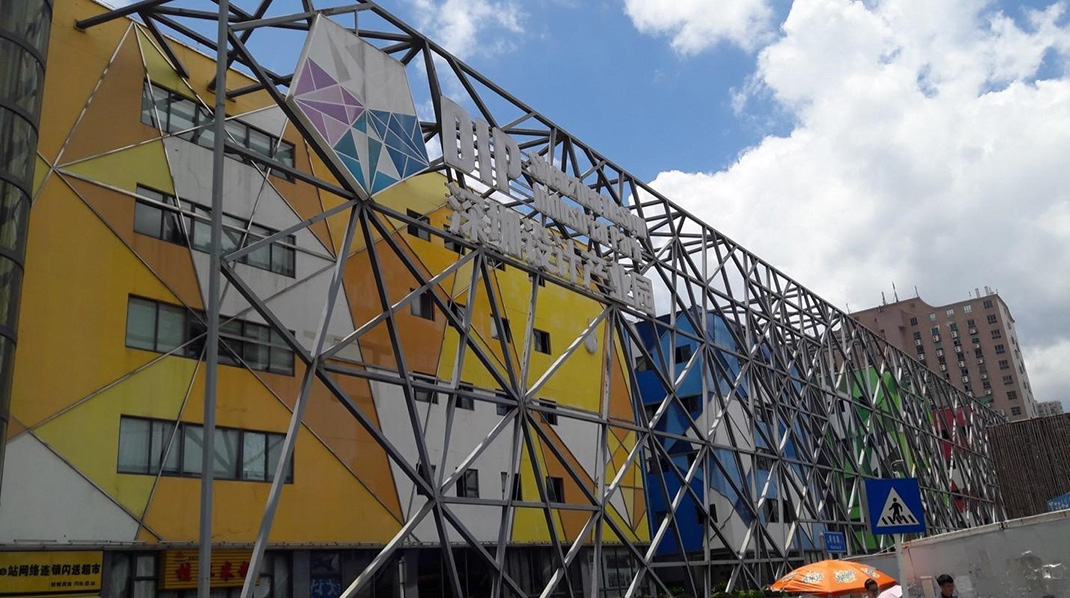
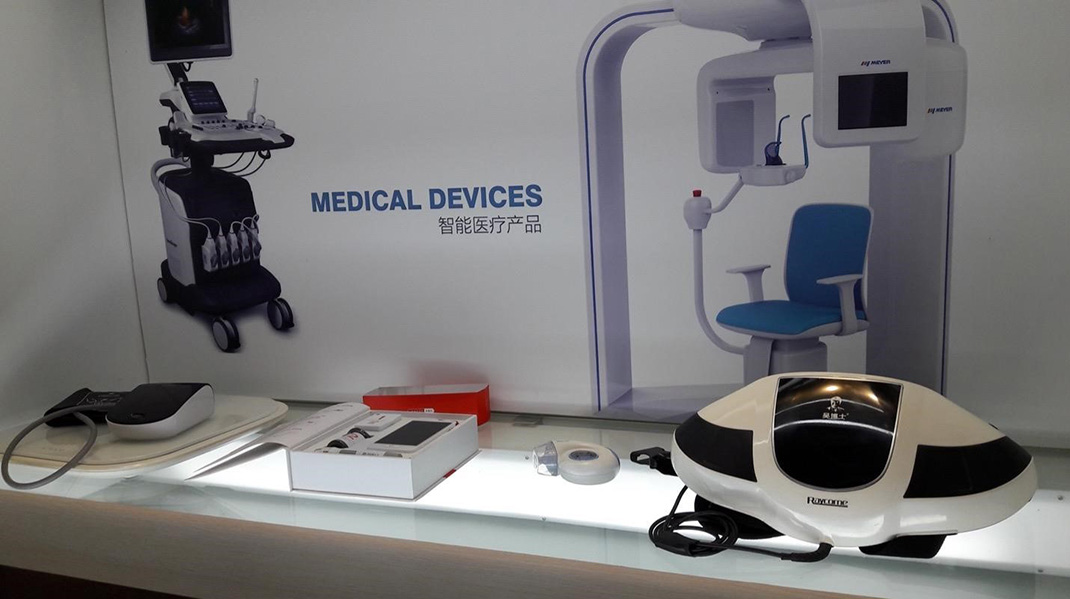
In some cases, customers will make initial contact with industrial designers. The designers will help them to refine their designs, link them to suppliers for the materials they need, and connect them to factories that can perform the required assembly. Figure 10 shows a library of mobile phone cases illustrating all the different colours and textures that are locally available. The reverse side of each case (Figure 11) displays a serial number linking the colour and texture to a particular supplier that can provide that specific material.
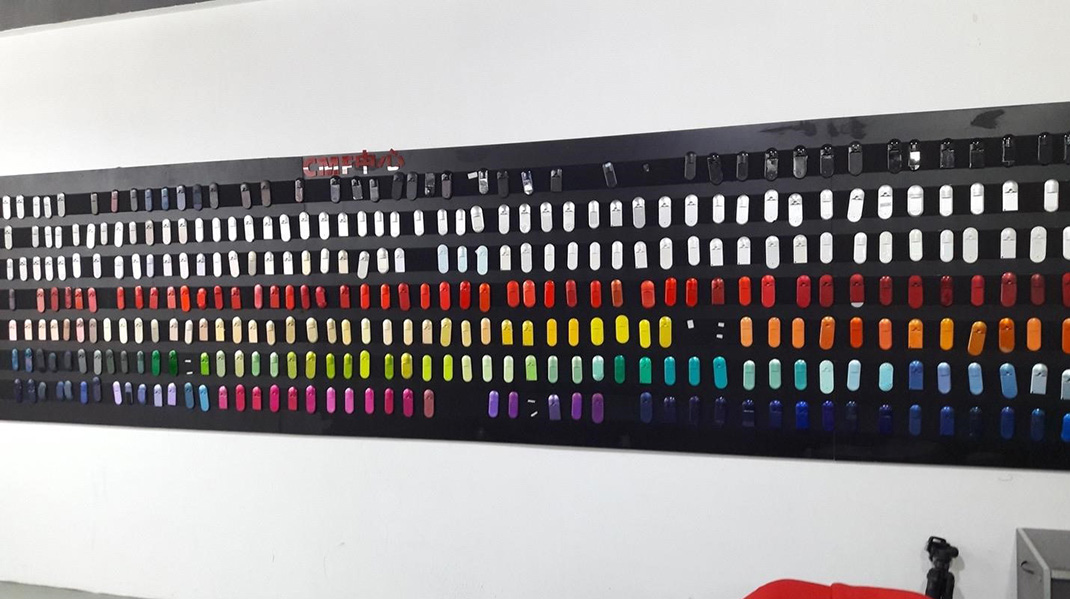
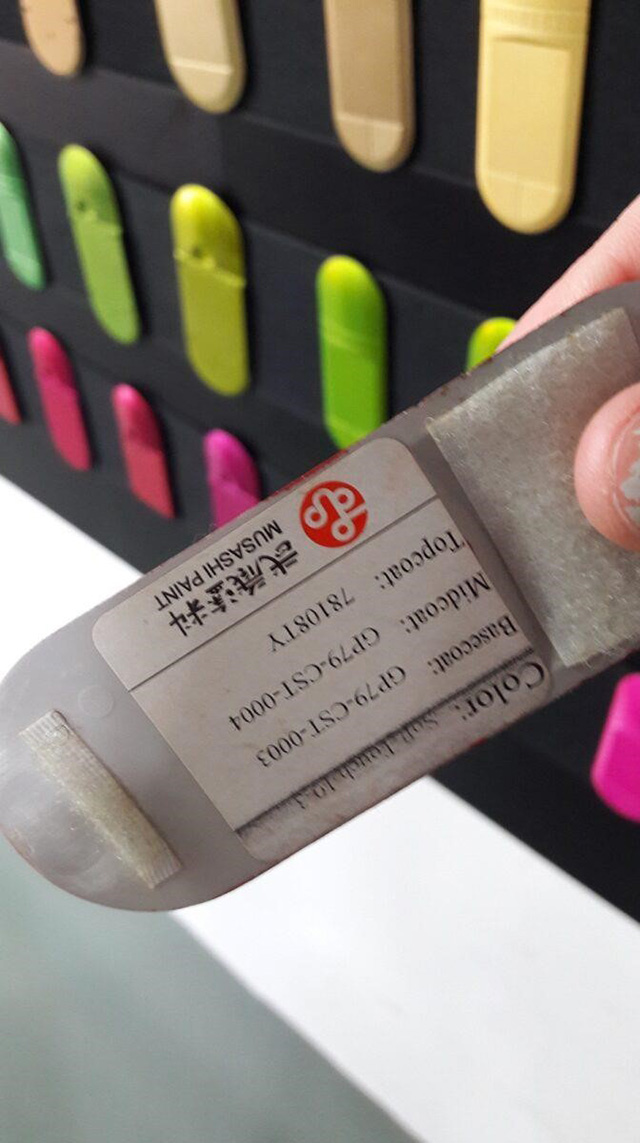
Together, the network of factories, electronics markets and Huaqiangbei, and the industrial design workshops allow rapid prototyping and production of a wide range of novel electronics devices. Much of this work is enabled by personal or family connections (sometimes based on dialect or home-town networks) and geographic proximity (Shenzhen and surrounding cities such as Dongguan). Most of those working in these spaces are small-scale entrepreneurs, not wealthy or highlyeducated engineers.
The rapid pace of innovation here relies too on what might be called “ordinary work”: this includes packing and shipping, repair, recycling, branding and marketing, and childcare. Figures 12, 13, 14, and 15 show some of these kinds of work taking place within the electronics markets in Huaqiangbei. These kinds of work link together buyers, sellers, factory-bosses, designers, consumers, foreigners and locals into dense networks that allow the rapid design and distribution of new electronics products. Packaging and shipping, for example, allows rapid exchange of parts and materials. Childcare taking place within the markets sustains the dense social and familial networks that make rapid innovation possible.
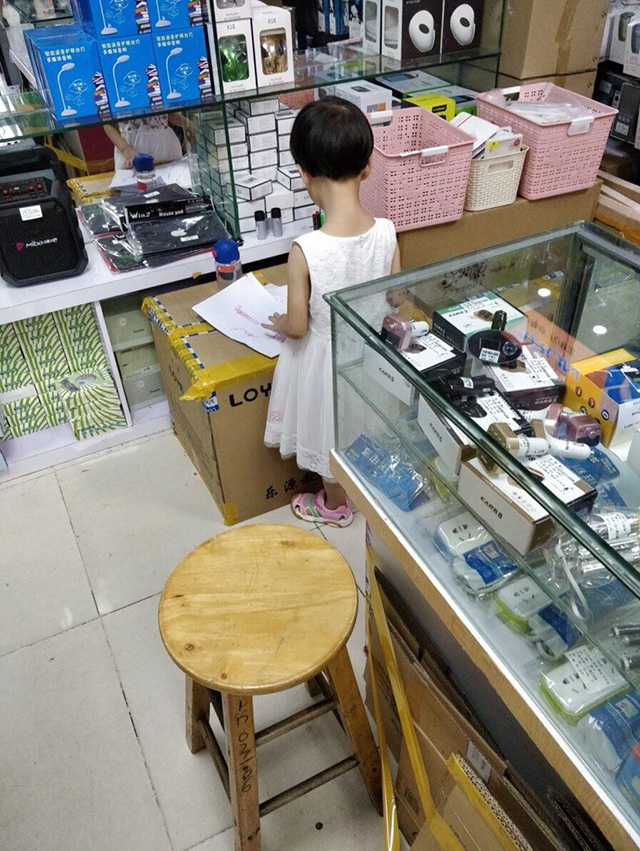
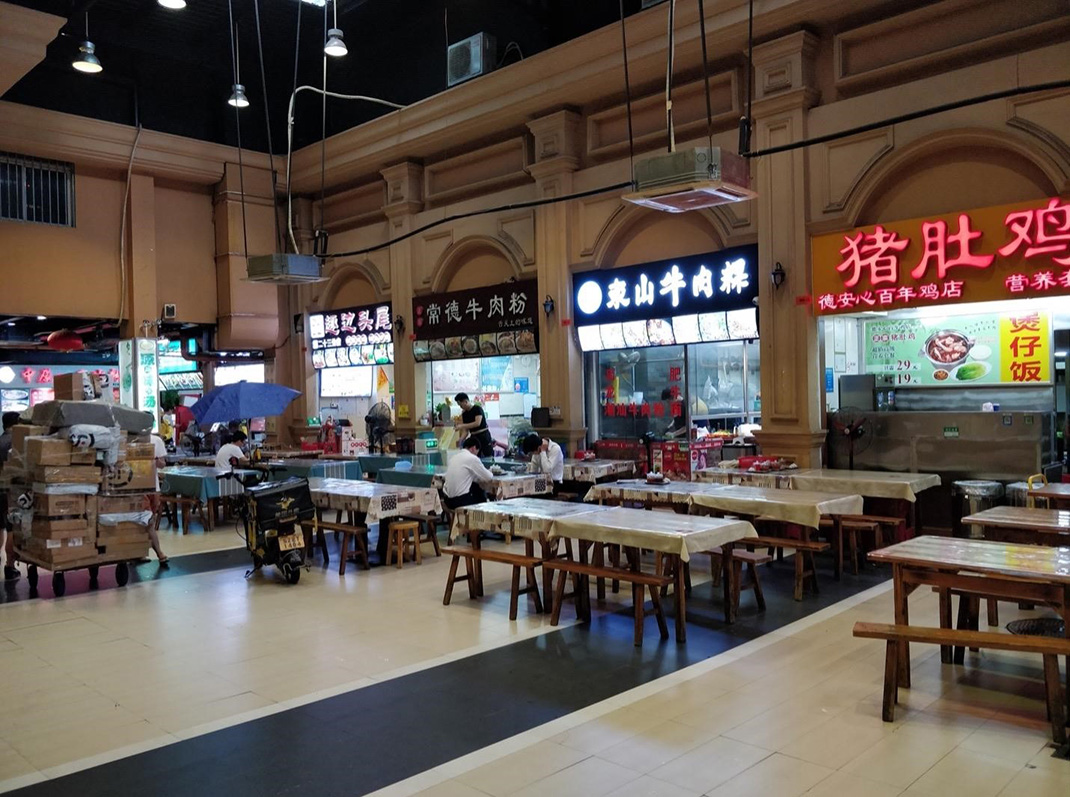
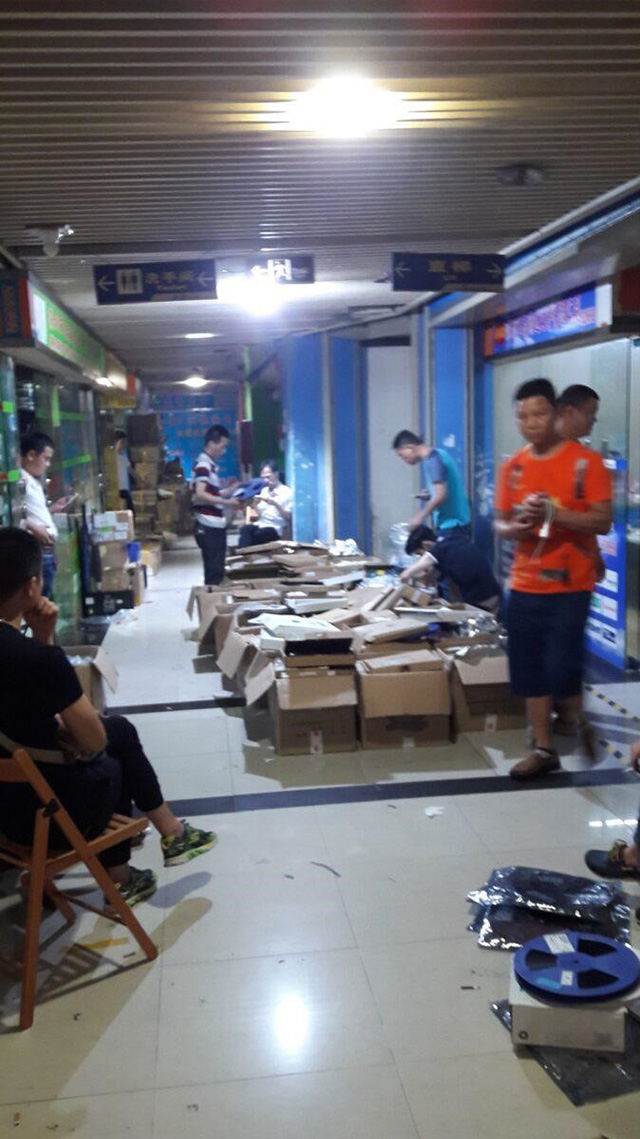
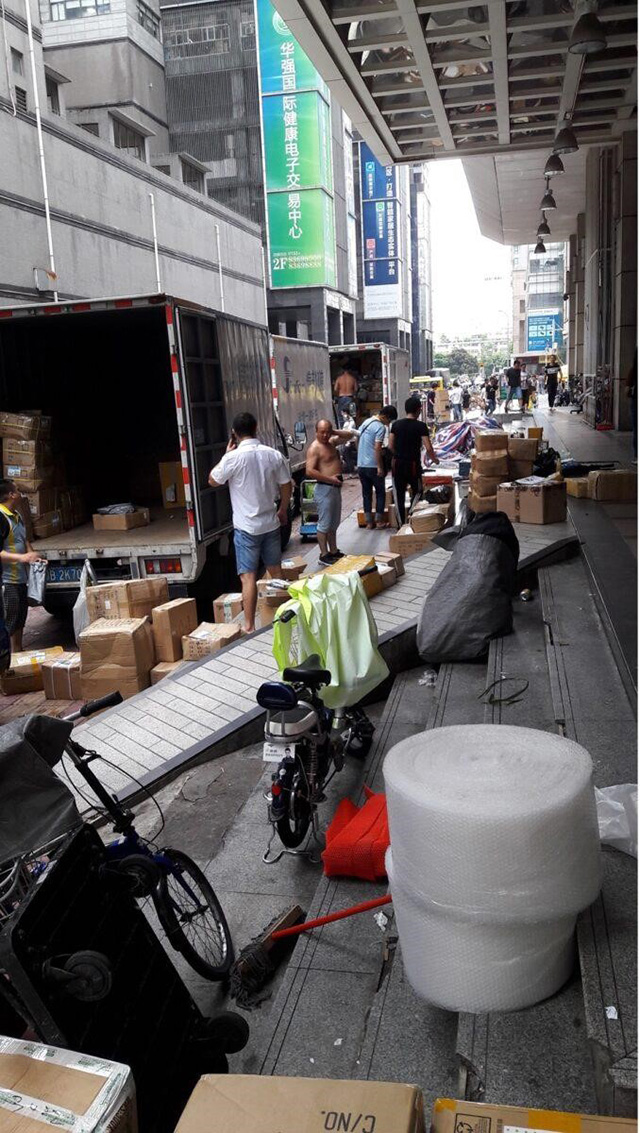
When we think about high-tech production and innovation the images that come to mind are often of chic start-ups, white-walled laboratories, or expensive-looking office suites. These spaces are peopled by engineers, venture capitalists, programmers – often white and male. We associate high-tech electronics with Steve Jobs in his black turtleneck pulling an iPhone out of his pocket or Elon Musk demonstrating his “Cybertruck” to a hushed crowd. We imagine the lone inventor ideating, the pitch to venture capitalists, the angel investment, the IPO, and so on.
Shenzhen presents us with a different model of what “innovation” can look like – something much more like “ordinary” people doing “ordinary” work. Shenzhen’s production revolves around mostly working-class entrepreneurs producing low-cost devices for low-income consumers in China, Africa, Latin America, Eastern Europe, and the middle East. The spaces of high-tech production in Shenzhen are factories, markets, and workshops where people undertake a range of different kinds of activities that are critical to the production of novel, high-tech devices.
Footnotes
- For more information, visit https://journals.sagepub.com/doi/full/10.1177/0971721819841997 for the journal article on the same topic.
